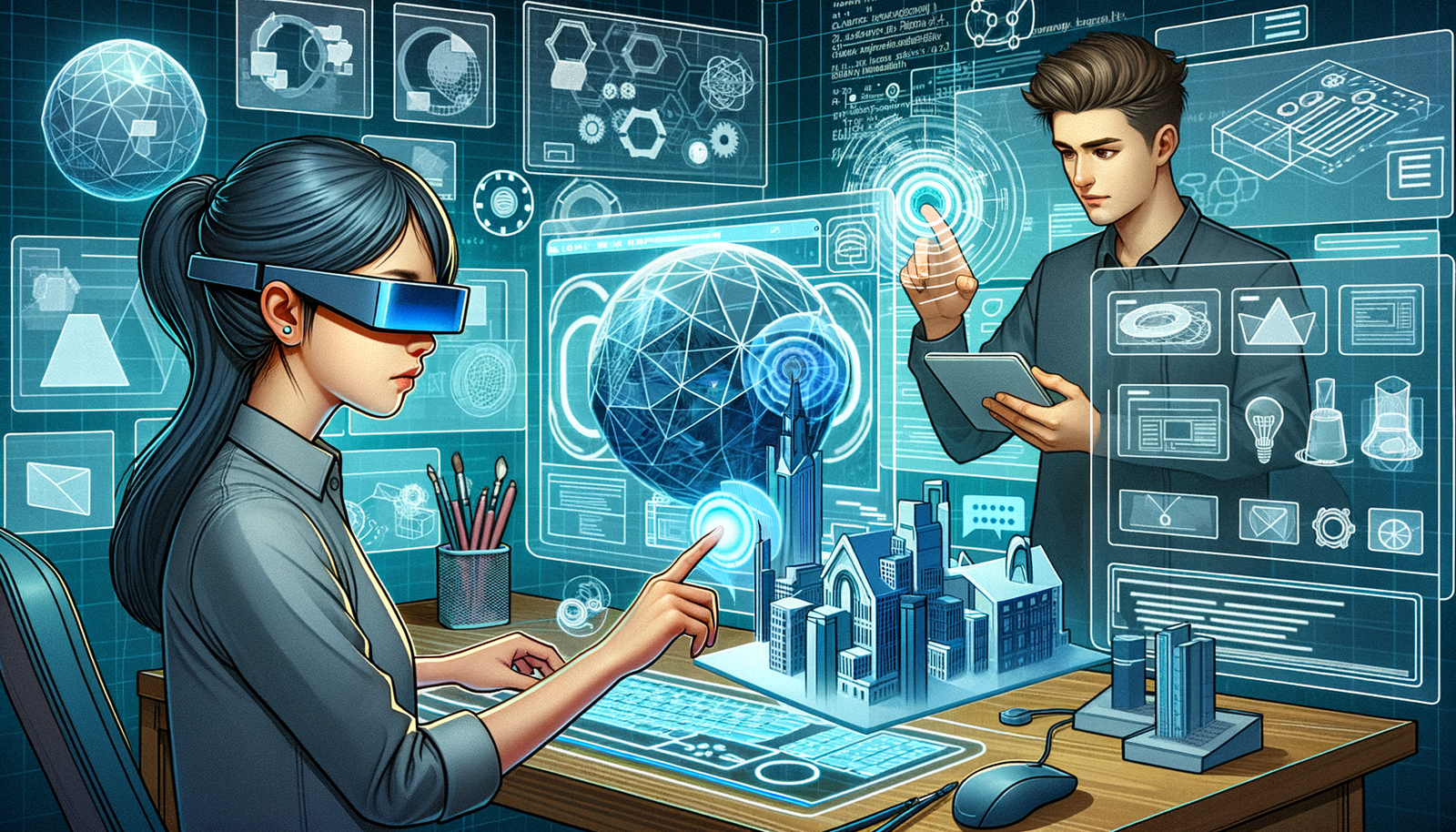Your Cart is Empty
Customer Testimonials
-
"Great customer service. The folks at Novedge were super helpful in navigating a somewhat complicated order including software upgrades and serial numbers in various stages of inactivity. They were friendly and helpful throughout the process.."
Ruben Ruckmark
"Quick & very helpful. We have been using Novedge for years and are very happy with their quick service when we need to make a purchase and excellent support resolving any issues."
Will Woodson
"Scott is the best. He reminds me about subscriptions dates, guides me in the correct direction for updates. He always responds promptly to me. He is literally the reason I continue to work with Novedge and will do so in the future."
Edward Mchugh
"Calvin Lok is “the man”. After my purchase of Sketchup 2021, he called me and provided step-by-step instructions to ease me through difficulties I was having with the setup of my new software."
Mike Borzage
Exploring the Future of Design: Innovations in 3D Modeling Software Transforming the Industry
June 15, 2024 2 min read


Introduction to the Latest Advances in 3D Modeling Software
The journey of 3D modeling software from its rudimentary beginnings to its current state is a testament to the relentless pursuit of realism, efficiency, and collaboration in digital design. Over the years, these tools have evolved from simple wireframe modeling applications to sophisticated platforms that offer near-real-life simulation capabilities. For professionals in gaming, architecture, engineering, and product design, staying abreast of the latest developments is not just about keeping up with the competition; it’s about pushing the boundaries of what’s possible in digital design.
Innovative Features that are Changing the Game
The latest iterations of 3D modeling software are packed with groundbreaking features that are transforming the landscape of design. Here’s a closer look at some of the most game-changing innovations:
- Enhanced realism through improved texturing and shading capabilities, enabling designers to create more life-like models than ever before.
- Speed and efficiency gains from AI-powered automation tools, significantly reducing the time required for repetitive tasks and analysis.
- Integration of cloud-based collaboration features, facilitating seamless teamwork across different geographies and time zones.
- Advances in virtual and augmented reality support, offering immersive design and review experiences that were previously unimaginable.
Impact on Design Processes and Productivity
The integration of these innovative features into 3D modeling software has a profound impact on design processes and productivity. Specifically:
- The reduction in manual tasks allows designers to allocate more time and energy to the creative aspects of design, thereby enhancing innovation and originality.
- Real-time collaboration features not only minimize project timelines but also improve outcomes by facilitating instant feedback and iterative design processes.
- Enhanced visualization and prototyping tools lead to better decision-making, fewer errors, and a more efficient path from concept to final product.
Looking to the Future: What’s Next for 3D Modeling Software
As we look toward the future, several emerging trends and potential advancements loom on the horizon for 3D modeling software:
- Machine learning and AI are set to revolutionize predictive design and automated problem-solving, further reducing the need for manual intervention in the design process.
- The emphasis on sustainability is driving software developers to create tools that help designers assess the environmental impact of their creations and optimize for eco-friendly designs.
- As 3D modeling becomes more pervasive, its applications are expanding into new industries, paving the way for cross-disciplinary innovation and collaboration.
In conclusion, the field of 3D modeling is on the cusp of a new era. The integration of advanced technologies and the emphasis on collaboration and sustainability are not just enhancing the capabilities of these tools but are also expanding their role in the creative process. For professionals in the field, this evolution presents both an opportunity and a challenge: the opportunity to explore new horizons in design and the challenge to continuously learn and adapt to remain at the forefront of technological innovation.
Also in Design News

Rhino 3D Tip: Rhino to Real‑Time Engines: Clean Models, Optimized Meshes, Reliable Exports
December 07, 2025 2 min read
Read More
Cinema 4D Tip: Constraint-Based Animation with PSR, Parent, and Aim
December 07, 2025 2 min read
Read More
V-Ray Tip: Proximity Dirt and Wear Masks with VRayDistanceTex
December 07, 2025 2 min read
Read MoreSubscribe
Sign up to get the latest on sales, new releases and more …


